English Bond and Flemish Bond – Features & Difference
English Bond
Fig.1. English Bond in Brick Masonry
Fig.2. English Bond for One and One and a Half brick Wall Thickness
Fig.3. English Bond for Two and Two and a Half brick Wall Thickness
Features of English Bond
- No continuous vertical joints are formed.
- In the elevation, the alternate course either shows headers or stretchers.
- Every header in an alternative course comes centrally over the joint formed by two stretchers below it.
- The stretchers have a minimum lap of one-fourth their length over the headers. This is the case for the stretcher course.
- Those walls with even multiple half bricks show the same appearance on both the faces. Hence a course that shows stretchers on the front face would show stretchers on the back face.
- Those walls with odd multiple half bricks show stretchers on one face and the headers on the other dace.
- The middle portion of the thicker walls consists of headers.
- Queen closer is not required for a stretcher course. It is used for the header course placed just after the quoin header. No header course should start with the queen closer.
- The joints formed in the header course are greater (twice) than the stretcher course. Hence the joint in the header course is made thinner compared to the joints in the stretcher course.
Flemish Bond
- Double Flemish Bond
- Single Flemish Bond
1. Double Flemish Bond
Fig.4. Double Flemish Bond in Brick Masonry
Fig.5. Double Flemish Bond
Features of Double Flemish Bond
- Each Course has headers and stretchers placed alternately.
- The facing and backing of the wall have the same appearance.
- In alternate courses, quoin closers are placed next to quoin headers.
- The walls with odd multiple of half brick employ half bats and three-quarter bats.
- The walls with even multiple of half bricks, do not require bats.
2. Single Flemish Bond
Difference between English and Flemish Bond
|
ENGLISH BOND |
FLEMISH BOND |
|
Bond pattern with alternate header and stretcher
course |
Bond Pattern with each course having alternate
header and stretcher |
|
More strength given for bricks with thickness
greater than one & half brick |
Less strong and compact compared to English bond |
|
Less pleasing appearance |
Appearance is more attractive and pleasing |
|
Expensive |
Economical |
|
No strict supervision and skill is demanded |
Requires good workmanship and careful
supervision. |
Also Read: Terms Used in Brick
Masonry Construction


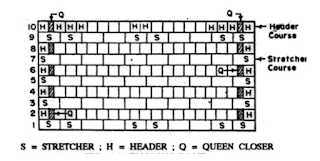
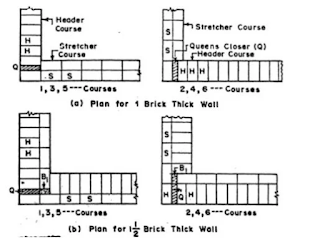
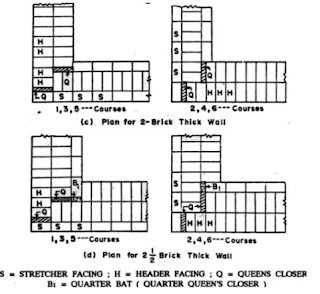
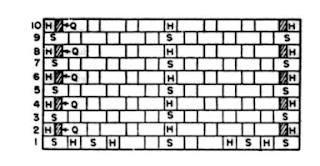
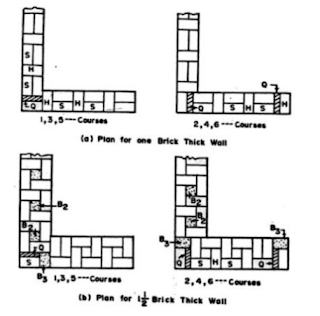
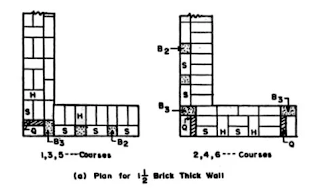




No comments:
Post a Comment
If you are getting more information from civilengineerfriend page please give your comments. Share the page information in your whatsapp group. Subscribe our page to get more information.